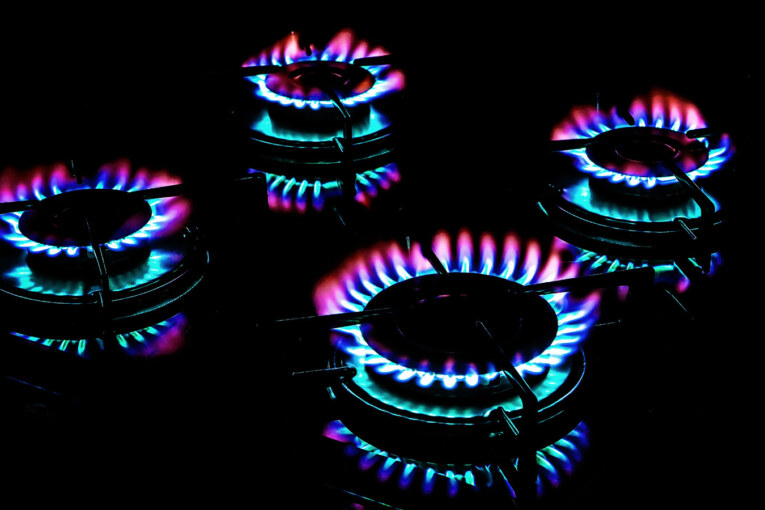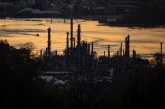
U.S. natural gas futures jumped about 6% on Friday ahead of the long three-day U.S. July 4 holiday weekend due to a technical bounce following a big price drop in the prior session and forecasts for hotter weather and higher demand over the next two weeks than previously expected.
“Today’s… price jump higher is somewhat a result of calmer minds taking over the market, as the front month attempts to balance out some of yesterday’s move,” analysts at Gelber & Associates said, noting the price rise was justified by forecasts for higher air conditioning and liquefied natural gas (LNG) demand.
Friday’s price rise came after futures plunged 17% on Thursday following the release of a federal report that analysts said would keep Freeport LNG’s export plant in Texas shut for longer than the three months the company has forecast.
U.S. pipeline safety regulators said they found unsafe conditions at Freeport and will not allow the plant to restart until an outside analysis is complete.
“Based on the latest report, it would suggest that Freeport’s restart date will be significantly pushed back by more than the initial three-month shutdown period,” Ryhana Rasidi, gas/LNG analyst at data and analytics firm Kpler said.
Freeport, the second-biggest U.S. LNG export plant, was consuming about 2 billion cubic feet per day (bcfd) of gas before it shut on June 8. So long as the plant remains shut, that gas will remain in the United States and allow utilities to boost the country’s low stockpiles ahead of next winter.
Having that extra gas has already caused U.S. prices to drop over 40% from a near 14-year high over $9 per million British thermal units (mmBtu) in early June just before the Freeport outage.
Front-month gas futures for August delivery on the New York Mercantile Exchange (NYMEX) rose 30.6 cents, or 5.6%, to settle at $5.730 per million British thermal units (mmBtu). On Thursday, the contract closed at its lowest since March 29.
Since gas futures started trading on the NYMEX in 1990, the contract has closed down over 15% in 11 sessions, including Thursday. In the prior 10 sessions, the contract averaged a 4% gain the next day.
On the technical side, the front-month was trading over its 200-day moving average on Friday after it closed below that key level of support on Thursday for the first time since mid-February.
For the week, the contract was down about 9% after dropping about 10% last week and 22% two weeks ago.
Despite recent declines, the front-month was still up about 54% so far this year as much higher prices in Europe and Asia fed strong demand for U.S. LNG exports. Russia’s Feb. 24 invasion of Ukraine stoked fears Moscow would cut gas supplies to Europe.
Gas was trading around $45 per mmBtu in Europe and $39 in Asia.
Data provider Refinitiv said gas output in the U.S. Lower 48 states held at a preliminary 95.1 bcfd on the first day of July, the same as the average for June. That compares with a monthly record of 96.1 bcfd in December 2021.
With hotter weather coming, Refinitiv projected average U.S. gas demand including exports would rise from 94.3 bcfd this week to 96.6 bcfd next week and 100.2 bcfd in two weeks. The forecasts for this week and next week were higher than Refinitiv’s outlook on Thursday.
The amount of gas flowing to U.S. LNG export plants rose to a preliminary 11.5 bcfd on the first day of July with several plants running near full capacity, up from an average of 11.2 bcfd in June.
You can read more of the news on source



